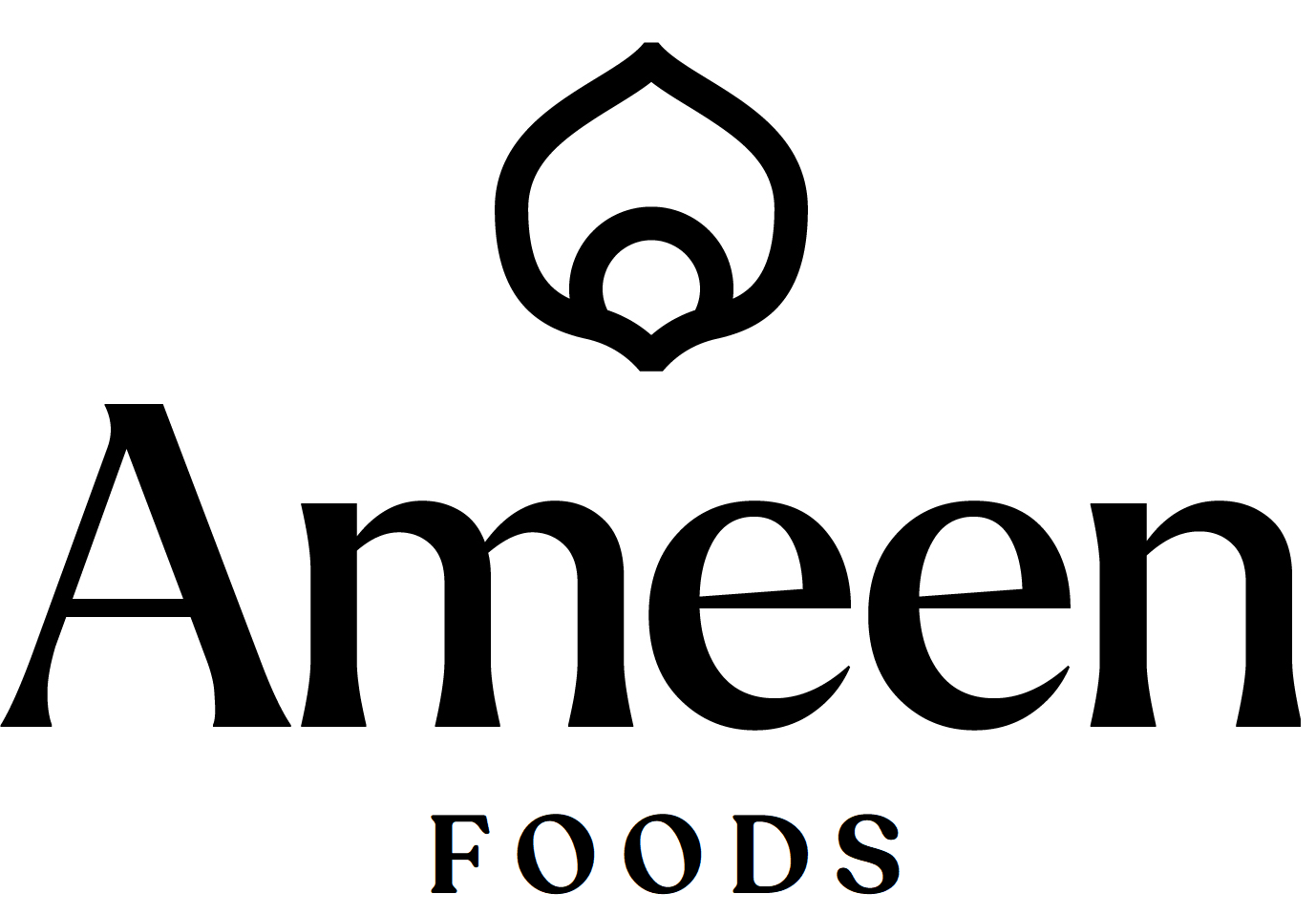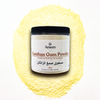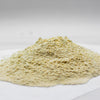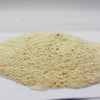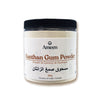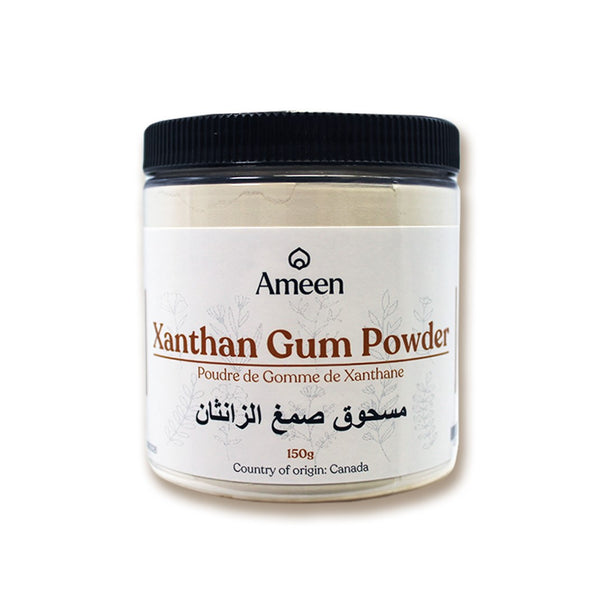Xanthan gum, derived from the natural fermentation of sugars by Xanthomonas campestris bacteria, is a multi-functional thickening and stabilizing agent widely used in both food and non-food applications. This fine, white powder is known for its ability to dissolve in both hot and cold liquids, making it an essential ingredient across various industries.
Culinary Uses of Xanthan Gum
Texture & Stability
Xanthan gum is prized for its thickening, binding, and emulsifying properties, enhancing the consistency of food products.
Common Applications
- Gluten-Free Baking: Provides structure and elasticity, mimicking the effects of gluten.
- Dressings & Sauces: Prevents ingredient separation and ensures a smooth consistency.
- Ice Cream & Beverages: Reduces ice crystal formation and improves texture.
Beyond the Kitchen
Xanthan gum extends beyond food applications, playing a key role in:
- Personal Care: Used in toothpaste, cosmetics, and skincare products for its thickening and stabilizing effects.
- Industrial Uses: Found in oil drilling fluids and other technical formulations due to its high viscosity.
Why Choose Xanthan Gum?
- Highly Versatile: Suitable for a wide range of food and non-food applications.
- User-Friendly: Easily dissolves in various liquids without altering flavor.
- Essential for Gluten-Free Recipes: Helps create the right texture and consistency in baked goods.
Botanical & Cultural Significance
Botanical Name: Xanthomonas campestris
Common Names:
- English: Xanthan Gum, Bacterial Polysaccharide, Corn Sugar Gum
- French: Gomme Xanthane, Gomme de Sucre de Maïs, Polysaccharide Bactérien
- Other: Polysaccharide Xanthane, Goma Xantana
